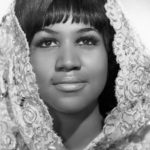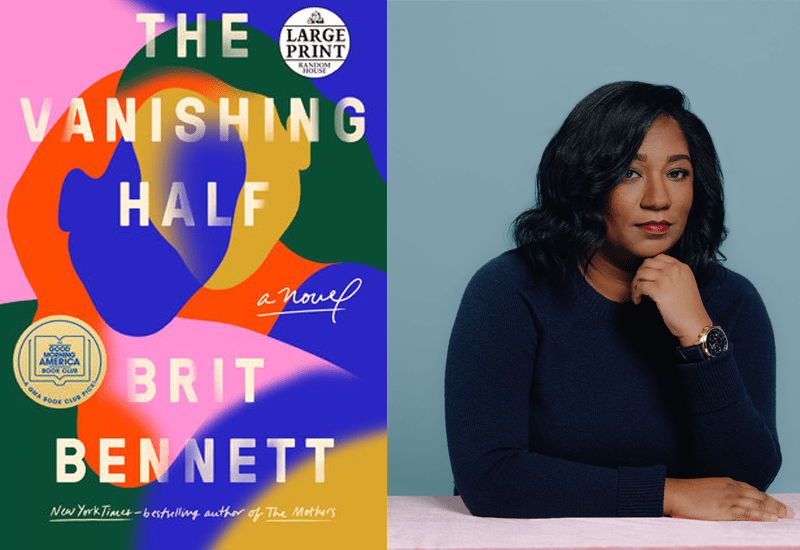
In her latest book, Seinfeldia, Jennifer Keishen Armstrong explores the world of the hit sitcom and its pervasiveness in our current culture. By including profiles of the actors, writers, directors, network executives and everyone else who had anything to do with the show, Armstrong illustrates how the show transformed creators and audiences alike. Despite, its lack of minority characters, its championing of the anti-hero and its focus on the mundane aspects of lack, Seinfeld has inspired shows like Atlanta and Insecure. Rapper, Wale’s The Mixtape About Nothing, is an ode to sitcom and even includes audio clips from the show as interludes. With her fun facts about the effects the sitcom had on reality to her hard facts about the money it generated, Armstrong provides a comprehensive, fascinating, and easy-to-read narrative of “the show about nothing” and its far reaching influence. Here are some of the most interesting points found in Armstrong’s book.
1. (Cosmo) Kramer was based on Larry David’s real life neighbor, Kenny Kramer.
At the show’s height, the real Kramer made quite a robust living conducting his own Seinfeld inspired tours of New York City and through speaking engagements at corporate events and universities across the country. His endeavors were so lucrative that he managed to work during the summer and fall and then vacation in Mexico in the winter. Other characters based on real life people include Elaine’s boss, J. Peterman, and The Soup Nazi.
2. Seinfeld is synonymous with money.
“In 1997, Seinfeld became the first television show to bring in more than $1 million per minute of advertising, something previously accomplished only by the Super Bowl” (141). Even after airing its finale twenty years ago, Seinfeld continues to be a cash cow as its making fans of new generations. Hulu beat other streaming services for the syndication rights, paying a whopping $160 million (5). And the star himself, Jerry Seinfeld, is one of the highest paid actors based off the reruns alone.
3. Neither Larry David nor Seinfeld dreamed of the heights the sitcom would reach.
They spent the beginning years of the show wondering if NBC would continue to pick it up for the next season, and if so, in what capacity and would they be able to produce.
4. Seinfeld and Roseanne had beef!
According to Armstrong, it started when Julia Louis-Dreyfus parked in Tom Arnold’s spot. It included some derogatory words and even a polaroid of someone’s buttocks on a car windshield (150).
5. The show changed the aesthetic dimension of sitcoms.
With editing that included fast cuts, and the decision to shoot both inside and outside the studio it pushed the boundaries of televisual storytelling.
6. It had a unique writing room.
In most cases writers meet and sit around a table pitching ideas. Ideas are chosen, a narrative arc selected, and then writers are tasked with penning specific scenes. This is not the case for the Seinfeld. Individual writers would pitch their ideas to directly to either David or Seinfeld and then being tasked with writing the entire script. Once they completed the draft, David would do the line edits and then it was ready to shoot.








